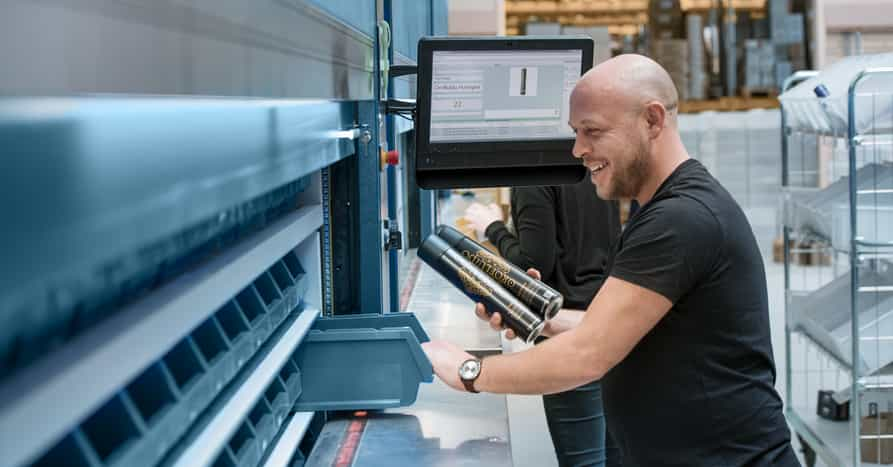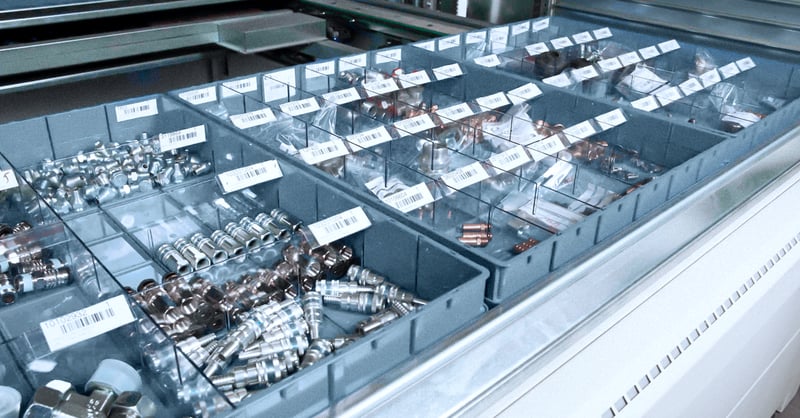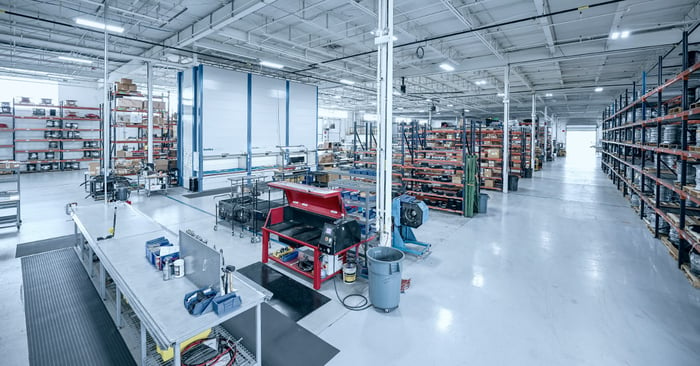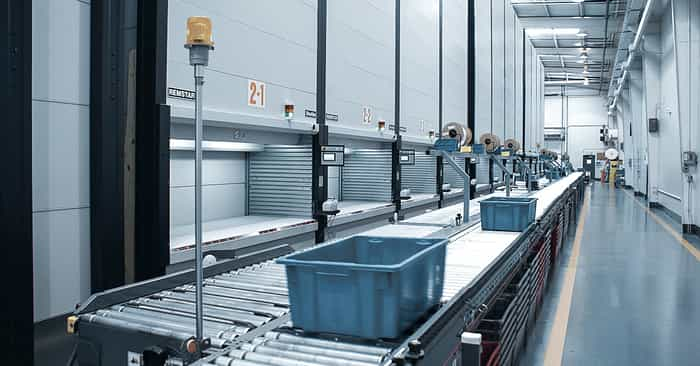7. Utilize Light-Directed Technology
With the addition of light-directed or voice-directed picking systems, associates can more quickly find and pick the correct item in the right quantity. Light systems, such as pick-to-light and put-to-light modules, are mounted to a pick face, put wall or picking cart. They use a combination of alphanumeric codes and illuminated buttons that light up or blink to direct the picker to a specific location. Voice systems are wearable headsets with both earpiece and microphone. They “speak” commands to the picker in his or her native language about how many of which items to pick and their location; the picker speaks back a confirmation when the pick is complete.
For More: 5 Pick to Light Technologies for Laser Accuracy
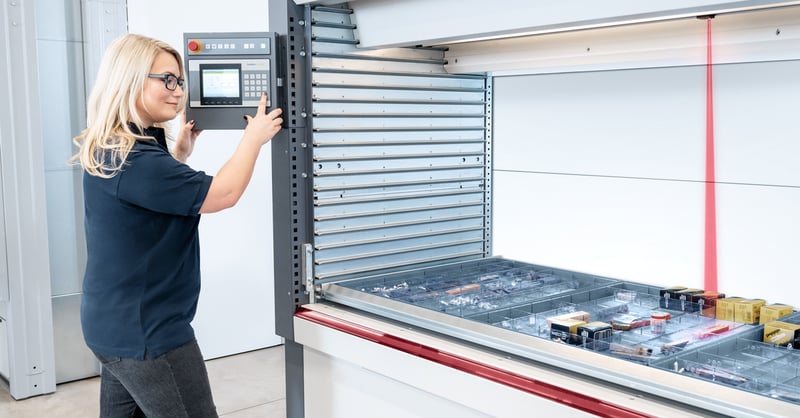
8. Prioritize Timely Replenishment
Timely replenishment of forward pick zones and fast moving, frequently picked items should be scheduled throughout the day. This prevents pickers from standing idle as they wait for an item to be restocked from reserve storage. Further, scheduling retrieval of items for replenishment into other travel activities allows an associate already heading to the reserve storage area to grab needed items without making a special trip.
9. Utilize a Consolidation Area
Operations using any form of zoned picking—where individual items for multiple orders are picked simultaneously—will also need an area for sortation and consolidation of the picks into discrete orders. This is an overlooked area that is prime for efficiency gains. This area can easily be outfitted with a combination of static and automated equipment for a boost in space savings and productivity.
For More: Improve Order Fulfillment with Consolidation
10. Continuous Inventory Profiling
Armed with insight into the speed with which individual SKUs in your inventory move and in what quantity, you can properly slot—or group and locate—the items in the right area and storage medium. Inventory is typically profiled based on velocity, meaning how frequently it is picked. The faster an item’s velocity, the closer it should be to receiving and shipping areas, while slower movers should be relegated to either distant areas or highly-dense automated storage systems.
For More: SKU Management Best Practices: SKU Profiling
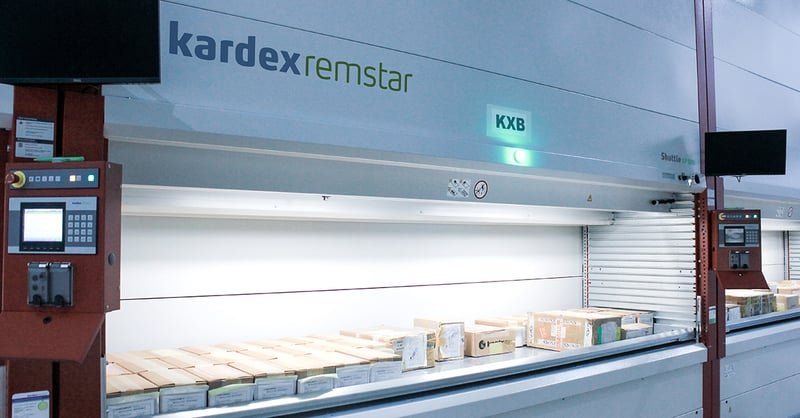
11. Implement ASRS to Reduce Costs
Investing in an automated storage and retrieval system (ASRS) typically pays off in roughly 18 months. That’s because Vertical Carousel Modules (VCMs), Horizontal Carousel Modules, Vertical Buffer Modules (VBMs) and Vertical Lift Modules (VLMs) deliver a variety of cost saving benefits. Among them, each system stores inventory in a highly dense footprint, saving as much as 85% of floor space by consolidating items previously stored in static shelving—space that can be reallocated to other activities. Further, because these automation technologies work on the goods-to-person principle and deliver required picks to an associate, travel and search time are significantly reduced. This allows a single operator to complete the picks that previously required multiple associates (who can now be reassigned to value-added tasks elsewhere). Alternately, the increase in individual productivity can help compensate for labor shortages.
12. Establish a Returns Management Process
Shopping online is here to stay—and in a big way. So are returns, with roughly 33% of all products bought through e-commerce channels sent back. Therefore, establishing a process for handling those returns is critical. This should include a designated area and quality control team to receive, unpack and inspect the items, then assign each a disposition classification such as: restock, repackage for re-sale in a secondary channel, repair, return to supplier, or recycle. Introducing an automated storage and retrieval system (ASRS) to temporarily store returns before, during or after classification can help further organize and speed up the process.
For More: Improve Returns Management with ASRS
13. Integrate Scan Verification
Using automatic identification and data collection (AIDC) technologies, such as handheld or fixed-location radio frequency (RF) scanners or camera-based imagers (instead of manually keying in product codes or cross-checking SKU numbers visually) to instantly validate an item based on its barcode dramatically increases accuracy. They read codes placed anywhere: on pick lists, single units, cases, pallets, totes, and their storage positions to verify the item that the worker has picked is indeed the right item required for the order. This reduces human picking errors and speeds up (or eliminates completely) the need for a quality check later in the order picking process.
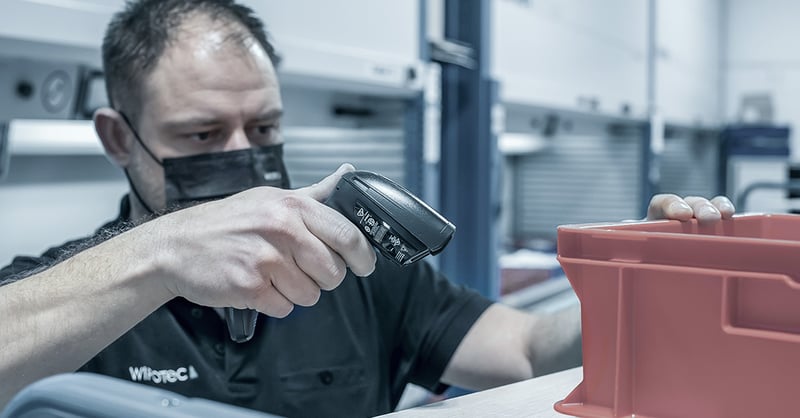
14. Pick Directly into Shipping Cartons
Instead of picking required items into reusable plastic totes routed to a consolidation or pack-out station, pick some—or all—orders directly into shipping cartons. While doing effectively requires collecting and documenting each item’s unique dimensional information in the inventory management software so the system can determine the optimal box size for the order, it ultimately saves time at pack-out and gets orders out the door faster because they can be routed directly to outbound shipping.
15. Establish Key Performance Indicators (KPIs)
You can’t manage what you can’t measure. So use key performance indicators (KPIs) and metrics to benchmark your operations and identify areas for improvement. Most order picking KPIs cover: space (footprint and capacity utilization); throughput (how many picks or orders are completed in a given time frame); accuracy (both of physical inventory and picks); and labor (the cost of the people required to perform order fulfillment tasks). The best way to start your metrics journey is to determine what to measure, how to measure it, and how often.
Fore More: Top KPIs For Your Order Fulfillment Operation
For a Deeper Dive: 8 Types of ASRS Technologies
You may also like: The Ultimate Guide to Improving Order Fulfillment

